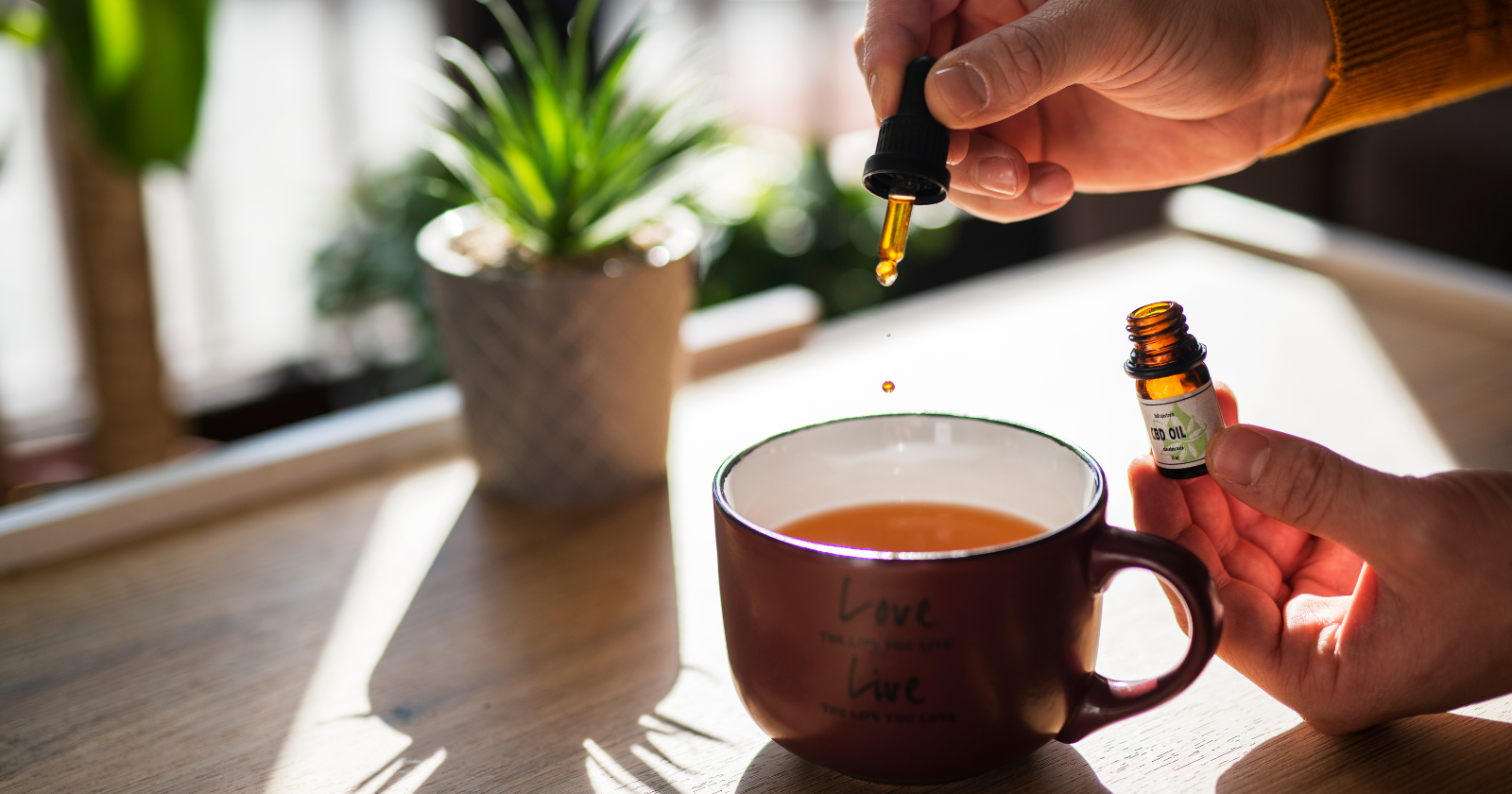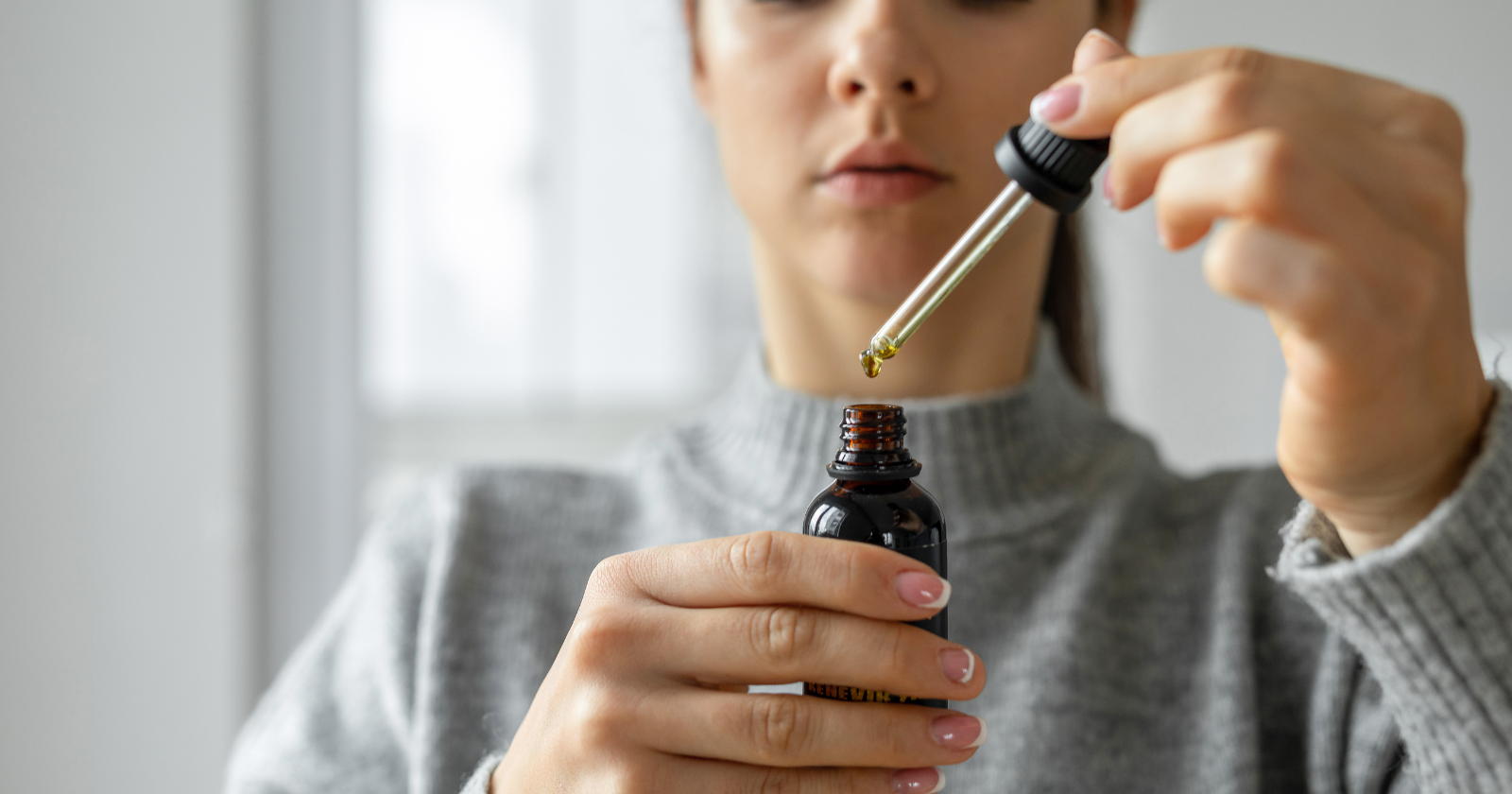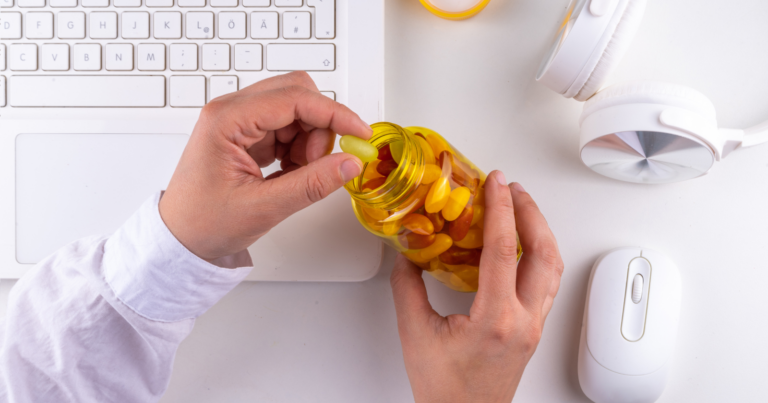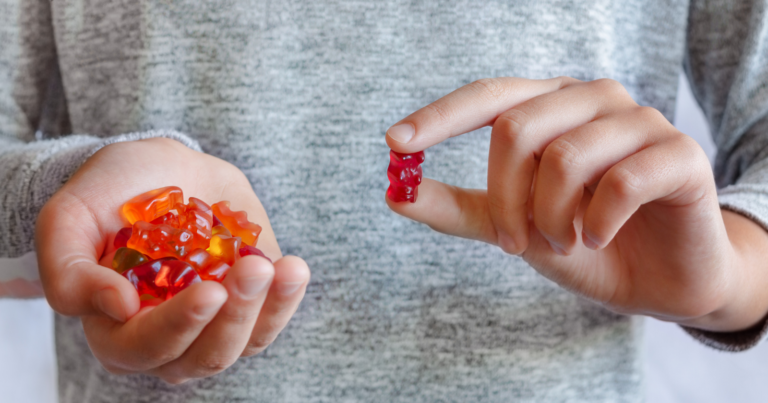As the popularity of cannabis oil continues to rise among consumers, the importance of proper storage techniques cannot be overstated.
Experts reveal that by adhering to simple storage principles, such as keeping the oil away from light, heat, and air, the longevity and potency of cannabis oil can be significantly extended, even up to years.
In this article, I’m going to share some practical tips on how to extend the shelf life of homemade cannabis oil, ensuring that you get the most out of your product for as long as possible.
Applying these techniques can significantly prolong the effectiveness of your cannabis oil.
Factors influencing the shelf life of cannabis oil
The longevity and effectiveness of your homemade cannabis oil are significantly influenced by various factors.
Understanding these will provide the basis for implementing effective preservation methods.
The first aspect to consider is the storage conditions.
In fact, exposure to heat, light, and air can degrade cannabis oil, leading to a decrease in potency. Wondering how to mitigate this?
Just make sure to always store your cannabis oil in a cool, dark place and use airtight containers.
Another factor is the quality of the ingredients used.
High-quality cannabis and carrier oils will yield a more robust end product. Consider using fresh, organic cannabis and high-quality oils like coconut or olive oil for your homemade cannabis oil.
Lastly, the extraction method used can also affect the shelf life.
Oil extraction methods generally provide a longer shelf life compared to other methods due to the preservation properties of the oil used.
To sum up, here are the factors that affect the shelf life of your homemade CBD oil:
- Storage conditions: Keep your cannabis oil in a cool, dark place using airtight containers.
- Quality of ingredients: Use fresh, organic cannabis and high-quality carrier oils.
- Extraction method: Oil extraction methods tend to produce a product with a longer shelf life.
6 practical steps for preserving homemade cannabis oil
Now that you understand the factors influencing the shelf life of your homemade cannabis oil, let’s delve into practical steps to implement this knowledge.
1) Proper storage
For me, the first and most crucial step to extending the shelf life of homemade cannabis oil is proper storage.
Keeping the oil in a cool, dark, and dry place can prevent degradation caused by exposure to heat, light, and moisture.
These elements can hasten the breakdown of cannabinoids, the active compounds in cannabis that provide its therapeutic properties.
As for containers, dark-colored glass bottles are ideal as they block out light effectively.
So, ensure that the bottle is airtight to prevent oxidation, which can also degrade your oil.
Additionally, consider storing your cannabis oil in the refrigerator. The cold temperature slows down the degradation process, further enhancing its shelf life.
Just remember to gently shake the bottle before use, as refrigeration may cause a slight separation. This simple tip ensures you get a consistent dose every time you use your homemade cannabis oil.
2) Using quality starting materials
Perhaps not surprisingly, the quality of the cannabis you use to make your oil directly affects its shelf life.
I find this to be an intriguing fact, as it directly links the longevity of the final product to its very origins.
High-quality cannabis plants are rich in potent and stable cannabinoids. These compounds are more resistant to degradation over time.
The thing is that starting with fresh, high-quality cannabis ensures that your oil retains its potency for longer.
How can you ensure the quality of your starting material?
Look for cannabis that is organically grown without the use of harmful pesticides or synthetic fertilizers.
These chemicals can not only affect the potency of your oil but also introduce harmful substances into your final product.
Moreover, remember to properly cure and dry your cannabis before making oil. Curing allows for the degradation of chlorophyll and enhances the concentration of cannabinoids.
Meanwhile, drying prevents mold growth that could ruin your oil and pose health risks.
3) Optimal extraction process
While it may seem a bit counter-intuitive, the extraction process can greatly affect your cannabis oil’s shelf life.
This is where it gets interesting.
Regardless of how exceptional your starting materials are, if you don’t extract your oil correctly, you might end up with a product that degrades faster.
Now, you might ask: what’s the optimal extraction process?
Well, it comes down to maintaining a balance.
You want to extract as much of the cannabinoids as possible without bringing along unnecessary plant materials. These unwanted elements can accelerate the breakdown of cannabinoids, leading to a shorter shelf life.
My advice is to use a method that gently separates the cannabinoids from the plant material, such as cold pressing or using a solvent like alcohol.
As a result, you will be able to ensure efficient extraction, yielding a pure oil that lasts longer.

4) Regular use and rotation
Ever thought about how the frequency of use can affect your cannabis oil’s shelf life?
Regular use and rotation of your homemade cannabis oil can surprisingly contribute to its longevity.
This may sound unconventional, but consider this: a bottle that’s frequently opened and closed is more exposed to air. This exposure can lead to oxidation, which gradually degrades the cannabinoids.
So, how can you prevent this?
Use your cannabis oil regularly, and try not to let it sit unused for long periods of time.
By doing so, you not only reap the benefits of its therapeutic properties but also help maintain its freshness.
In essence, regular use and rotation can be an effective strategy for extending the shelf life of your homemade cannabis oil. It is a simple yet effective way to keep your cannabis oil at its best.
5) Optimal decarboxylation
Decarboxylation is an essential process in making homemade cannabis oil.
This process involves heating the cannabis to activate the cannabinoids, transforming them into a form that your body can readily use.
But here’s the thing: overdoing it can degrade the cannabinoids and affect the oil’s potency, thereby reducing its shelf life.
To optimize decarboxylation and extend your oil’s shelf life, you should:
- Maintain a low and slow approach to heating
- Avoid overheating or burning the cannabis
- Monitor the temperature closely during the process
Simply put, an optimal decarboxylation process can significantly influence the shelf life of your homemade cannabis oil.
It’s about striking a balance, not rushing through the process, to preserve the cannabinoids’ integrity and ensure a longer-lasting product.
6) Avoiding contamination
The last but certainly not least important point on extending the shelf life of your homemade cannabis oil is avoiding contamination.
Any form of contamination, be it bacterial, fungal, or other substances, can degrade your cannabis oil faster and even pose potential health risks.
Even studies prove that specific contaminants reduce the pharmacological effectiveness of cannabidiol.
Therefore, it’s crucial to maintain strict hygiene standards when preparing and storing your cannabis oil. Always use clean utensils and containers, and avoid touching the oil with your fingers or any non-sterile object.
Don’t forget to avoid introducing any water into your oil as well. The reason is simple: it can encourage microbial growth.
If using fresh cannabis, make sure it’s thoroughly dried before extraction.
How to identify spoilage in cannabis oil
Even with the best preservation methods, it’s crucial to know when your homemade cannabis oil has spoiled. Early detection can prevent you from consuming degraded oil and save you from potential health risks.
Changes in smell are one of the first indicators.
If your cannabis oil begins to smell rancid or unpleasantly strong, it’s likely starting to degrade.
Color changes can also signal spoilage. Fresh cannabis oil tends to have a greenish hue, while spoiled oil may appear darker or discolored.
Finally, changes in texture can be another sign of degradation. If your cannabis oil develops a murky appearance or starts to separate, it may have reached its expiry.
So, keep an eye on:
- Smell: A rancid or strong unpleasant odor indicates degradation.
- Color: Dark or discolored oil signals spoilage.
- Texture: A murky appearance or separation is a sign of expiry.
Being able to identify these signs will help ensure that you are using your homemade cannabis oil at its best quality.














